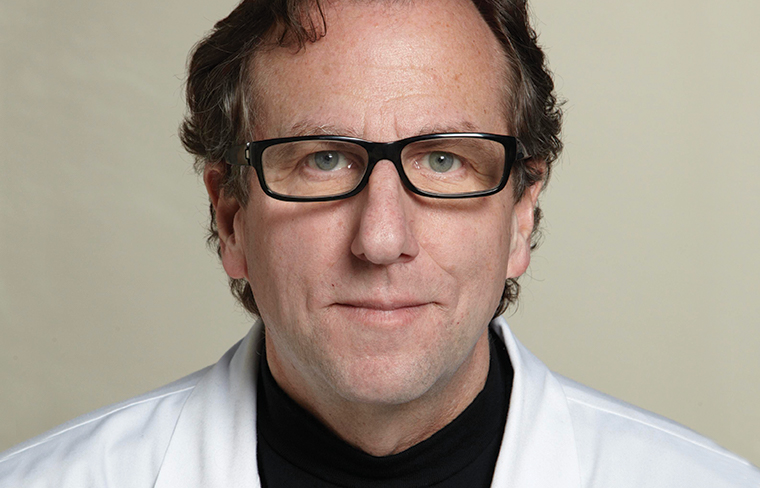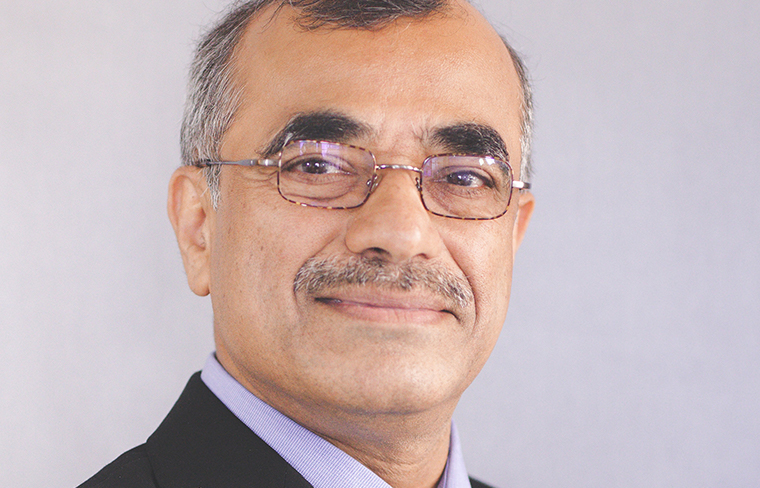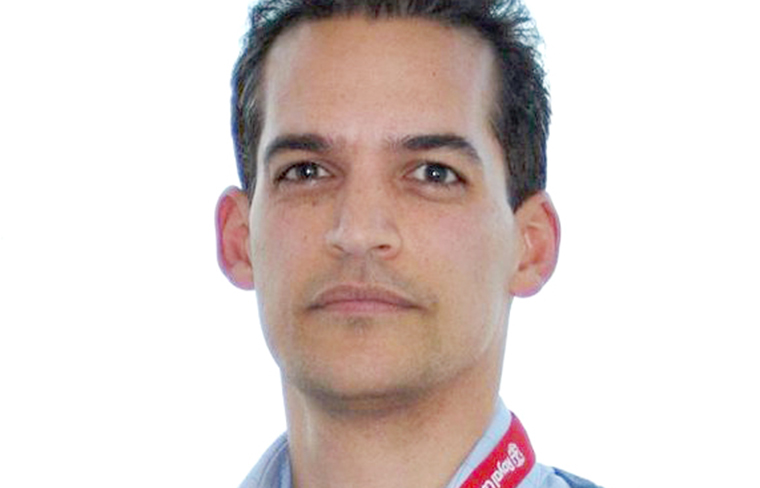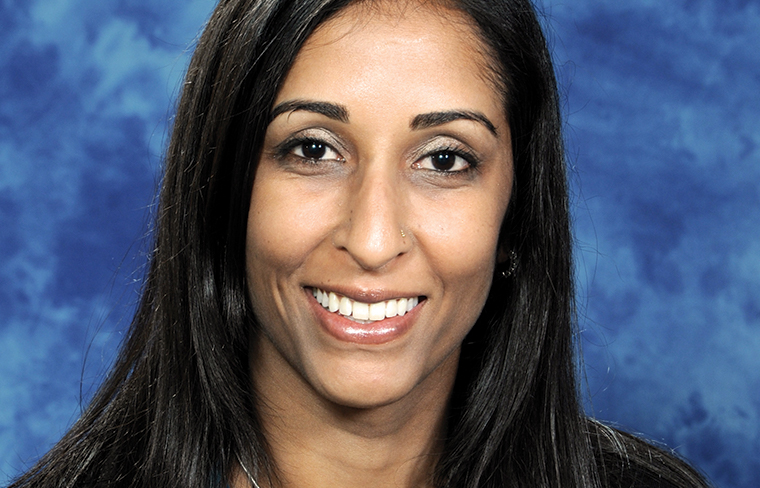-
Patient-engagement strategies deliver benefits to practices trying to navigate today’s value-based care environment
“Physicians, particularly those in private practice, need to take off their diagnostic hats and put on their business hats to think about adaptive strategies today that will better prepare them for tomorrow,” said medical practice management consultant Owen Dahl.
-
Losing weight proven to improve osteoarthritis management
With no cure for osteoarthritis, the focus has turned to management. The persistent question is which management strategies are most effective for which patients?
-
Large-vessel vasculitis mimics add difficulty to diagnoses
In most circumstances there is effective large-vessel vasculitistreatment with agents that suppress the immune system. But the diagnosis of “vasculitis” is often used as a grab-bag term when the physician interpreting the imaging is not sure what the diagnosis is.
-
Top ACR abstracts headline Plenary I session on Sunday
From the latest in B cell biology and targets to a reliable shortcut to identify fibromyalgia in routine care, five of the top ACR abstracts for 2018 will be presented on Sunday.
-
Treatment guidelines updated for axial spondyloarthritis
Recent advances in understanding the pathology of axial spondyloarthritis and the role played by the new bone formation is transforming clinical and therapeutic perspectives, as has the approval of the first interleukin-17 inhibitor for axSpa treatment.
-
Mobile tech muscles its way into rheumatology care, rehab
The transformative nature of mobile tech continues to accelerate, with benefits for clinical care settings, research, and rehabilitation specific to rheumatology.
-
Patient-provider relationships significantly affect outcomes
Growing evidence demonstrates that the patient-provider relationship significantly impacts clinical outcomes. But clinicians constrained by time, payment models, and other concerns can struggle to cultivate these relationships.
-
NPs, PAs bring many benefits to rheumatology clinics and help address workforce issues
“With all the various requirements for Medicare’s Merit-based Incentive Payment System and other payment models, team-based care is critical to a successful practice. Advanced practice providers form an important part of our rheumatology team,” said Charles King, MD.
-
Curbside Consults session explores best practices for complex cases
Curbside Consults session on Sunday will feature a panel of experts who will share current science and best practices in the diagnosis and management of three challenging conditions.
-
Clinicopathologic Conference to review difficulties of vasculitis diagnosis
Establishing a diagnosis often requires input from multiple specialties, including rheumatologists, nephrologists, pathologists, and radiologists. Even then, it might be necessary to take a second or a third look at the evidence to come up with a plausible diagnosis and institute a therapeutic plan.










